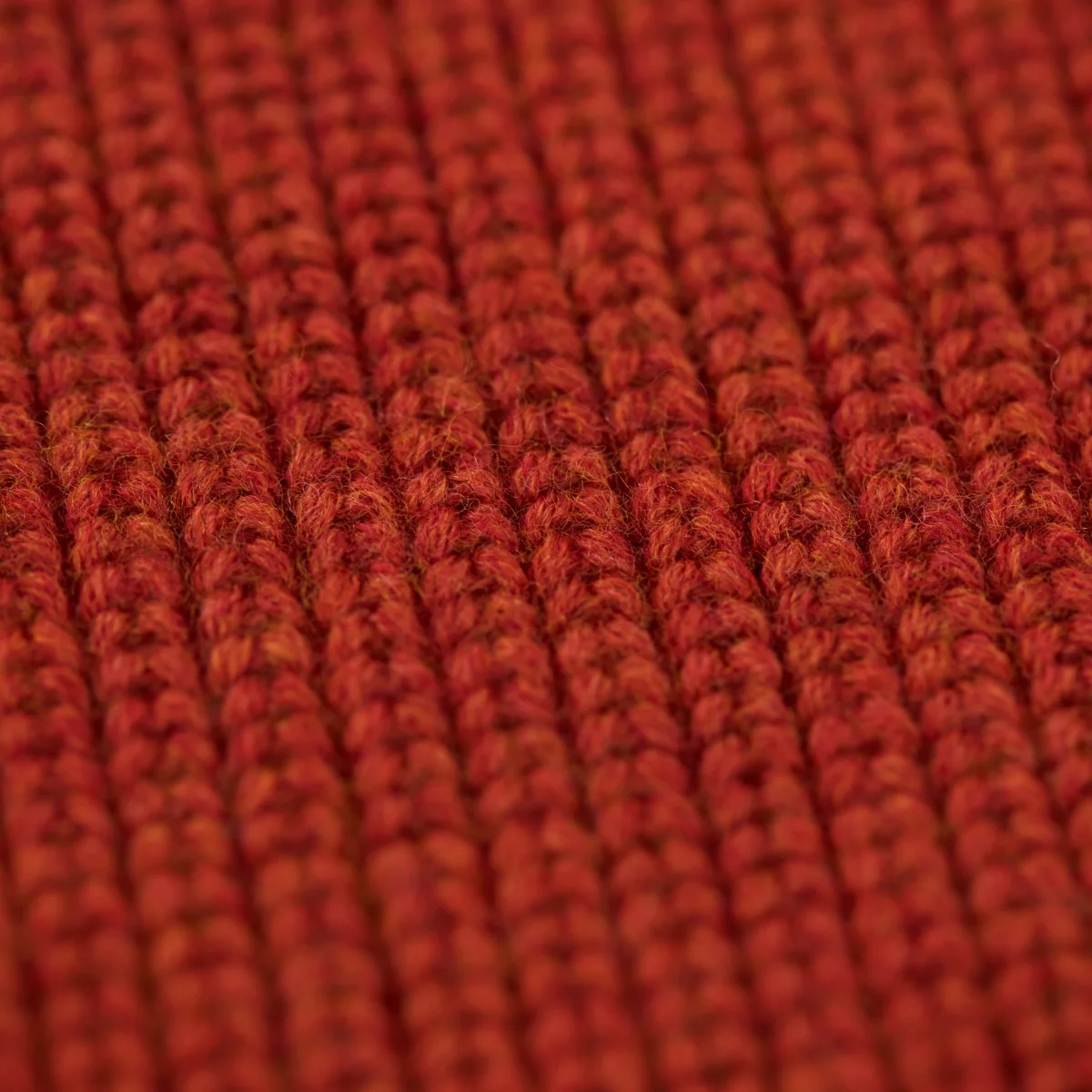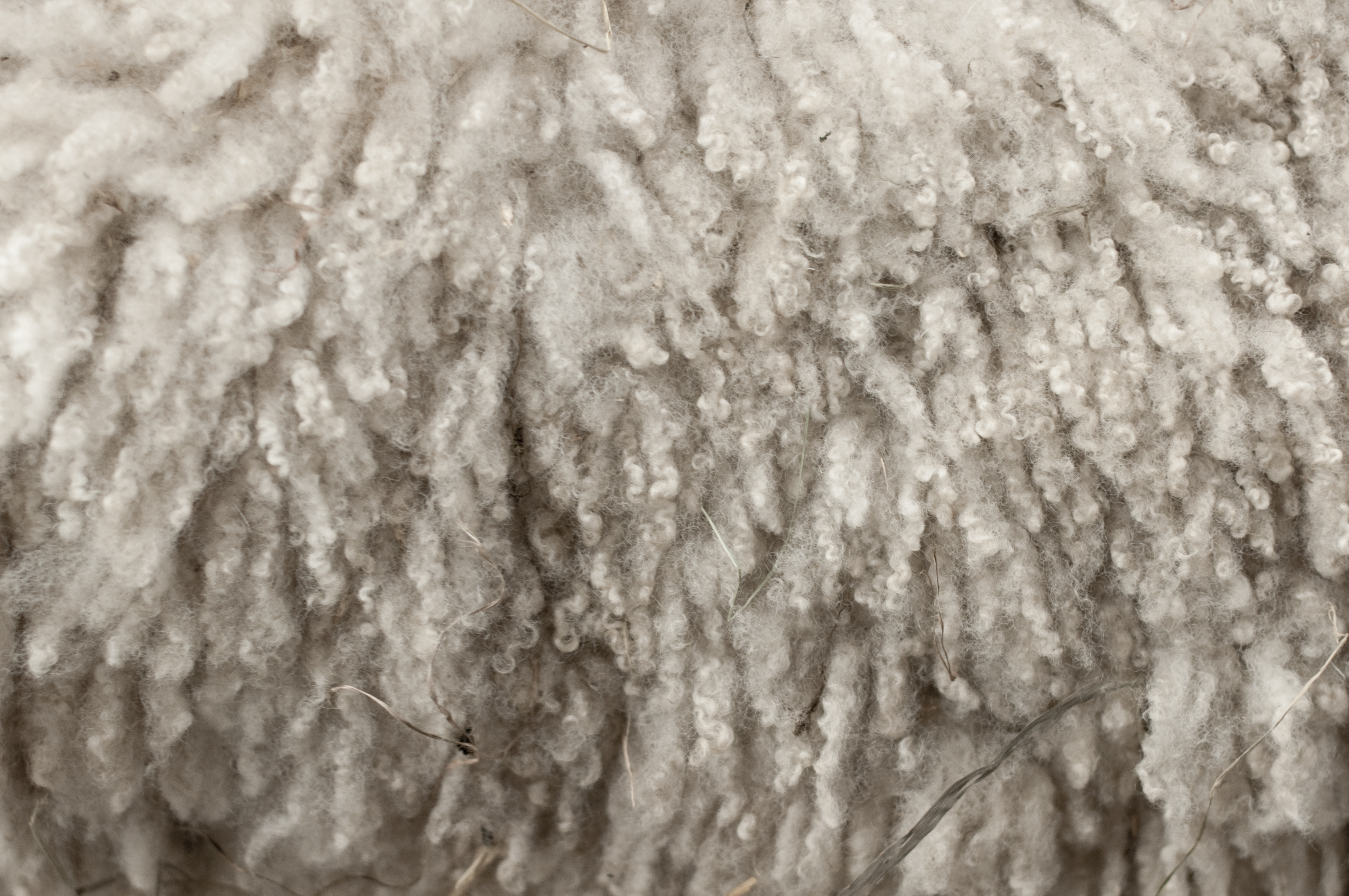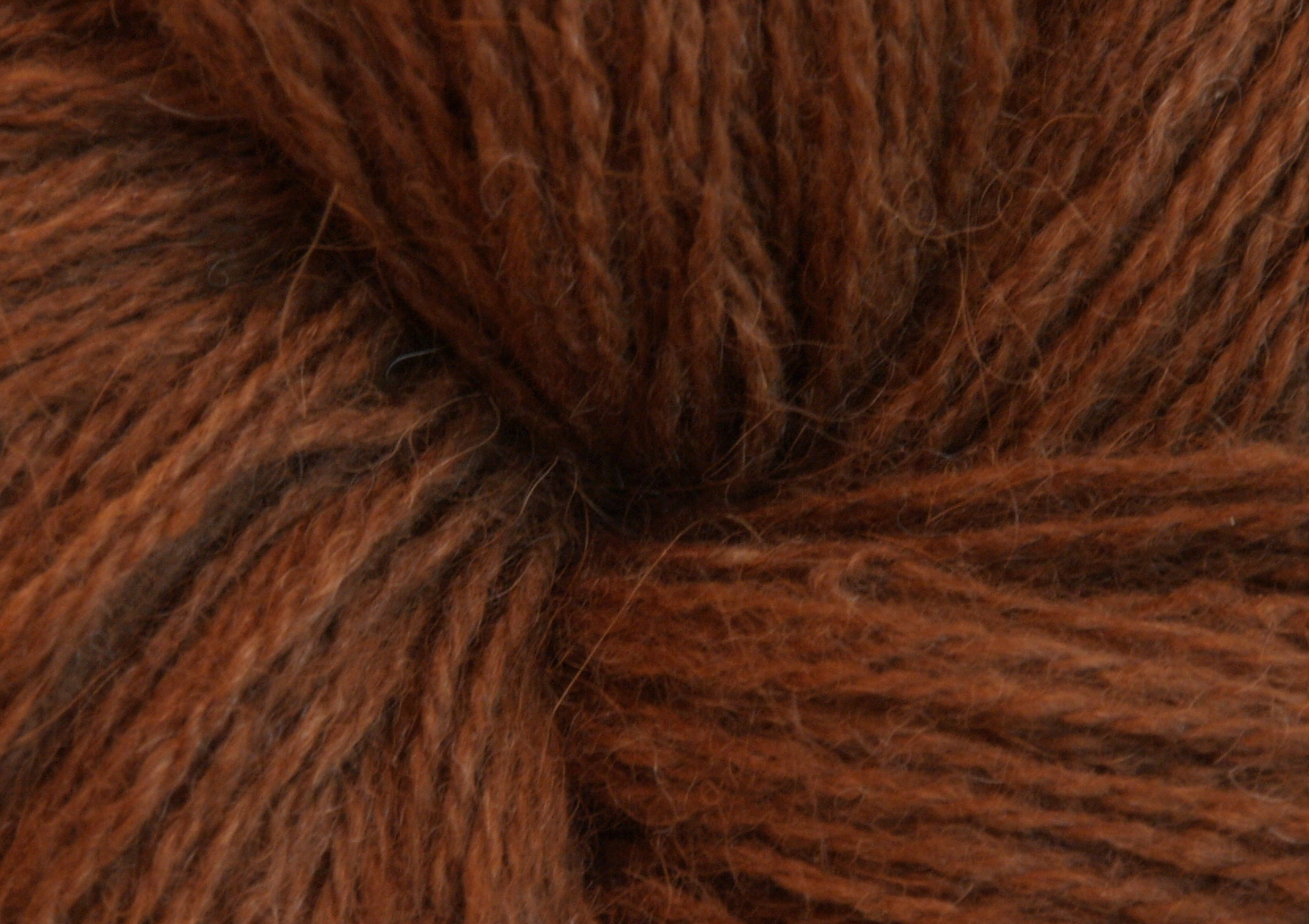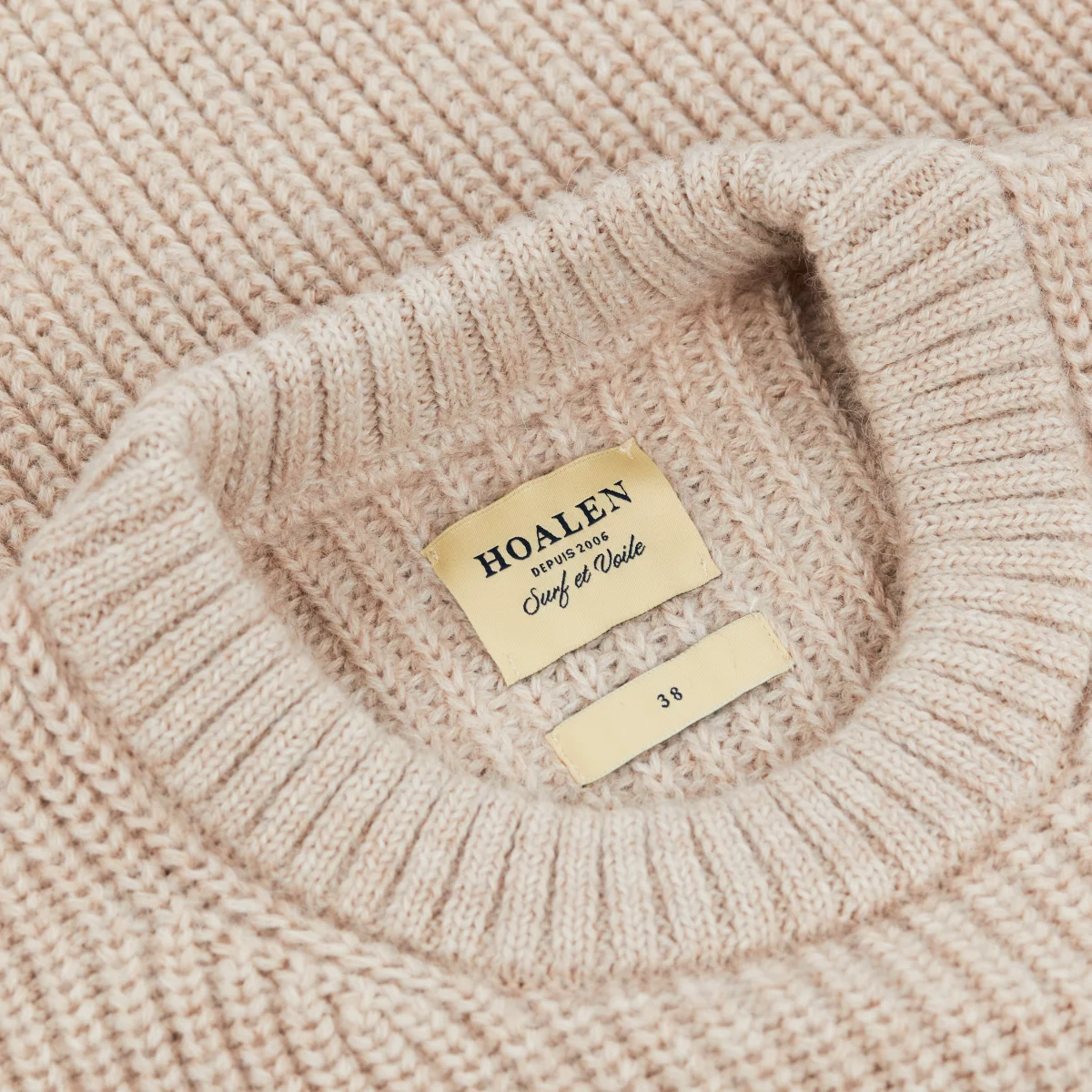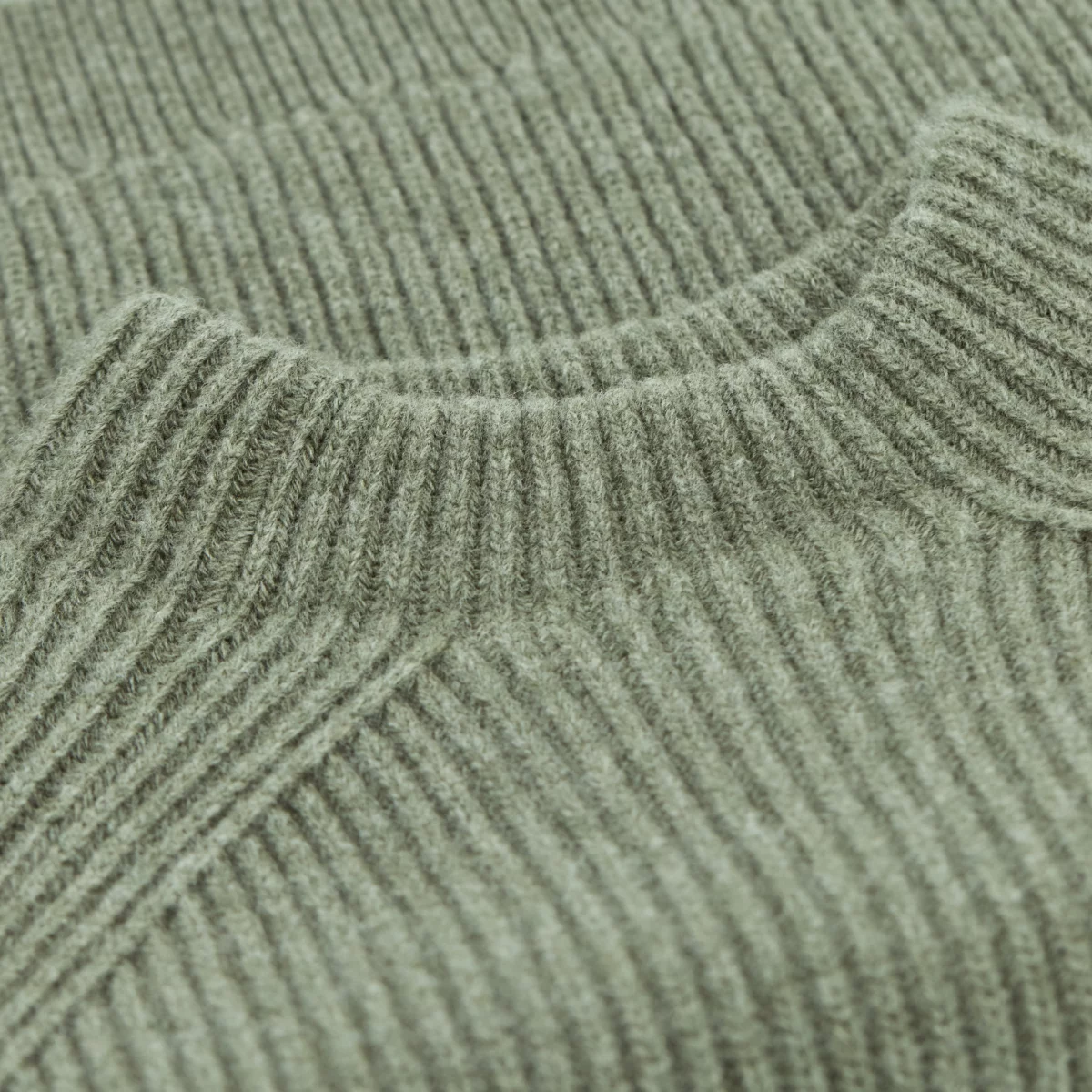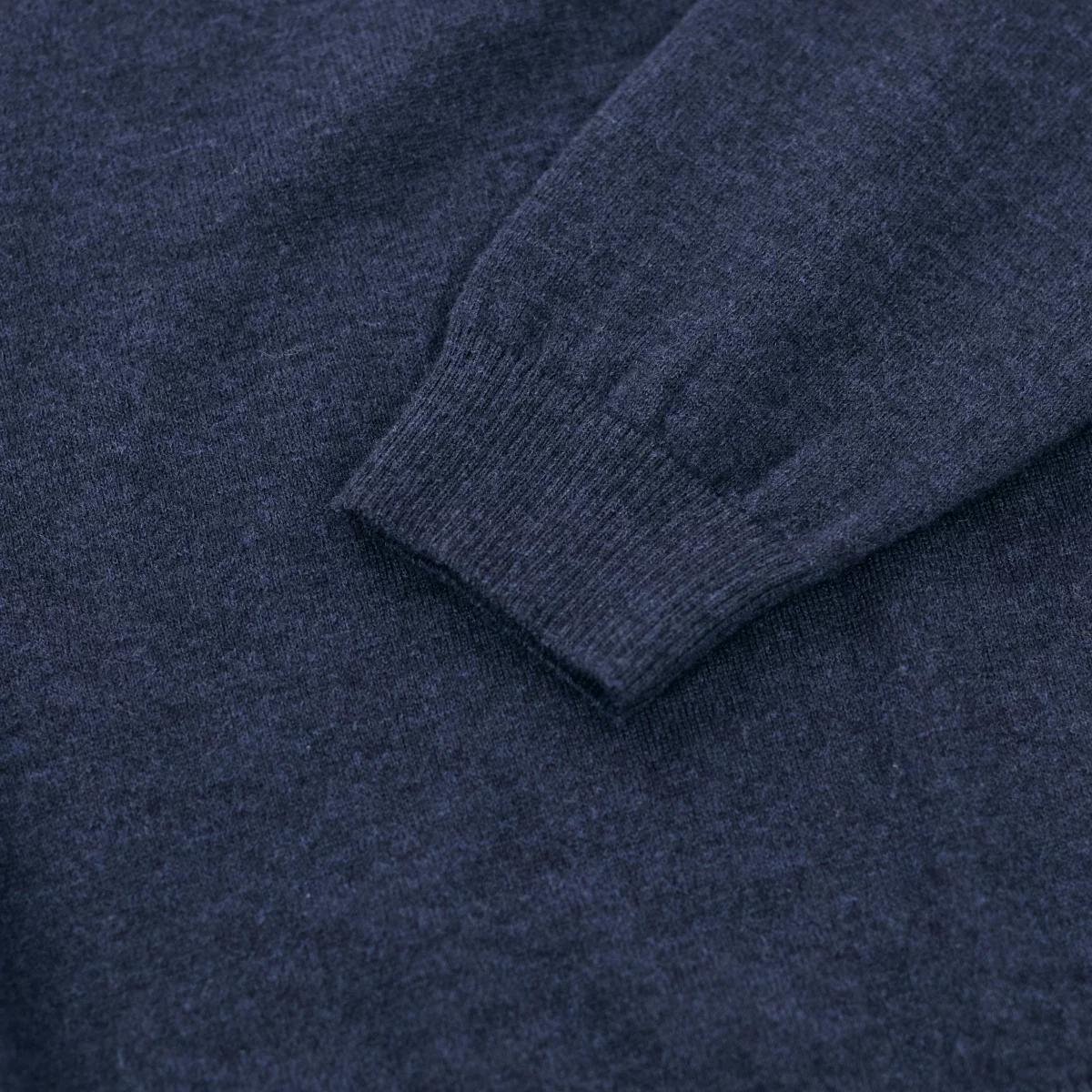The Pilling Phenomenon
Understanding and Preventing Fabric Pills on Your Sweaters
A brand new knitwear that pills can be frustrating... but it's perfectly normal! Like tides, pilling is a natural phenomenon and even a good indicator of your sweater's quality. If it pills, it's likely because it's made of natural rather than synthetic fibers.
Understanding the Phenomenon
The threads that make up your sweater are an assembly of thousands of fibers: each one is unique! The longer fibers form the core of the yarn. These are the ones that will help you fight the cold in the long term and ensure the durability of your sweater.
The others, shorter ones, don't constitute the main structure of your sweater. Over time and with repeated friction, they end up surfacing from the yarn.
Like our hair, wool is composed of thousands of microscopic scales. The more you wear your sweater, the more the scales that make up the short fibers will catch on each other. This phenomenon is amplified in areas subject to regular friction: under the armpits, at the elbows, or even on the shoulders if you often carry a bag. This is what creates a pill.
During the wool fabric manufacturing stages, carding and combing serve, among other things, to align the fibers. Combing removes impurities and remaining short fibers. It therefore limits pilling but also gives wool a shiny and cold appearance. We prefer to skip this step, preserving a natural feel and raw texture on our sweaters.
Another important criterion to consider when talking about pilling: yarn thickness and tightness. A finer yarn will be softer to the touch, but it will also be more fragile, less resistant to abrasion, and break more easily — much like our hair. Long fibers that break due to abrasion turn into short fibers. Then appears this pilling phenomenon on the surface. This is why a softer knit may tend to pill more easily. The solution is to twist the yarn several times during the spinning process. This technique helps better trap the fibers between themselves to prevent them from surfacing, catching, and creating pills.
Maximum tightening of the knitting can be a solution to limit pills. As with combing, it results in an almost shiny, silky appearance to the wool, at the expense of a more natural look that highlights the fiber and whose texture is very soft to the touch. Tight yarns trap less air in their fiber. It's the air trapped in the yarns that will warm up with your body heat and keep you warm. This is why we qualify wool as "cold". Despite its density, you'll warm up more slowly than with a sweater knitted with looser yarns.
It's always difficult to find a good balance between softness, stitch solidity, and therefore resistance to pilling.
Our commitment
We have made the strong choice to weave the majority of our sweaters with carded merino wool yarns, twisted several times.
We have chosen to limit the use of worsted wool. This choice is also the result of a stylistic preference, as we want to achieve the softest, most natural finish possible: we therefore often resort to looser knitting, which is more prone to pilling.
We don't compromise on the strength and quality of our yarns. Since 2006, with the help of our experienced partners, our sweaters have been knitted from regular woollens, with long, continuous yarns. We prefer to use merino wool: ideal for carded wool, its fibers are longer than those of common wools and reduce pilling.
We choose wool suppliers who weave quality, strong yarns that retain the raw look of wool, to create pieces with character. Their fibers are extremely durable, will embellish over time, and allow us to make no concessions on quality.
We don't use any chemical agents to combat pilling, as they are only marginally effective over the long term. That's why when you start wearing your new sweater, it may pellet during the first few wears. This is a natural phenomenon: the pilling will gradually disappear, leaving behind a beautiful weave of wool that will always have enough long threads to keep you warm.
What to do if pills appear on your sweater?
If pills appear on your new sweater, don't panic. There are multiple solutions to get rid of these pills, which are, we remind you, a natural phenomenon of wool.
Know that during washing, fibers will tend to harden. The shorter ones will therefore generally tangle less, which can slow down pilling. This method might seem viable but repeated and frequent washing can prematurely damage the wool and make it brittle.
Here are some good practices to consider
We recommend limiting friction during washing by avoiding overloading your machine or washing your knit with your jeans. The best approach is to wash your sweater in cold water by hand, or in a mesh bag on wool program. You should know that a wool sweater doesn't need to be washed as often as cotton or linen, as natural antibacterials are contained in wool fibers. Apart from stains or persistent odors, we recommend washing your woolens 1 to 2 times per year, depending on how frequently you wear them.
We recommend using a wool razor to remove pills that may appear. Don't pull them off by hand, as this pulls the yarn and brings out even more fibers, which will in turn create other pills. If you don't have one, you can drop your sweater off at your nearest Ocean Store, and our team will take care of shaving off any excess fiber that has pilled up.
A Natural Phenomenon
Now that you know all this, remember that a sweater will eventually pill.
We understand that the appearance of the first pills after your recent sweater purchase might make you bitterly regret its acquisition and that the disappearance of the perfect regularity you found during its trying-on can create frustration.
We believe that the beauty and uniqueness of our clothes can also be found in irregularity. It's proof that our clothes are made from noble, living, and sustainable materials and that we use little to no plastic fiber.
Just as all your clothes will never fall exactly right on you to the nearest centimeter, materials will never be perfectly regular. And that's what we love.
Of course, if your knit has more pills than fabric and the phenomenon persists, you have the right to bring your garment back to us. A manufacturing defect in the yarn is never to be excluded and we commit in this case to change your product.
